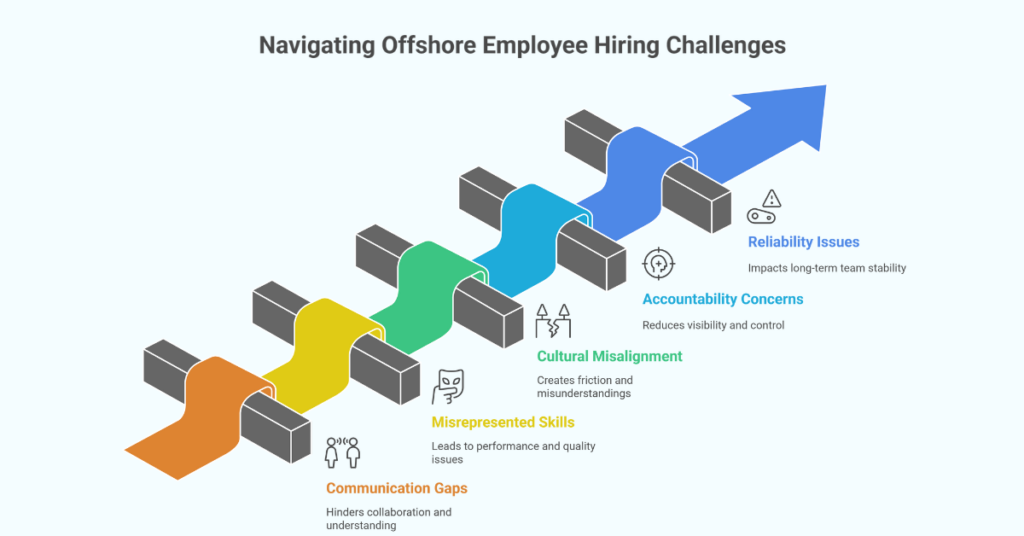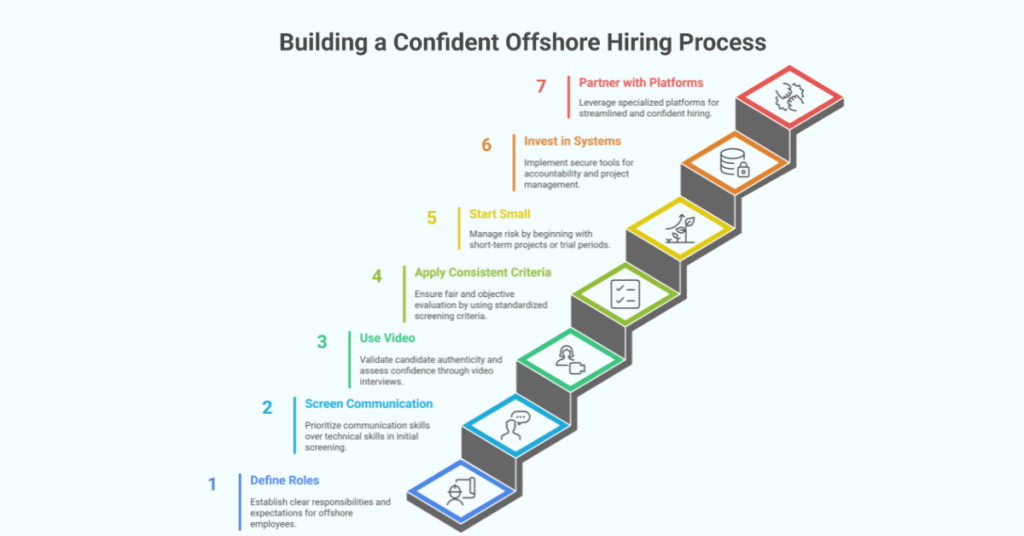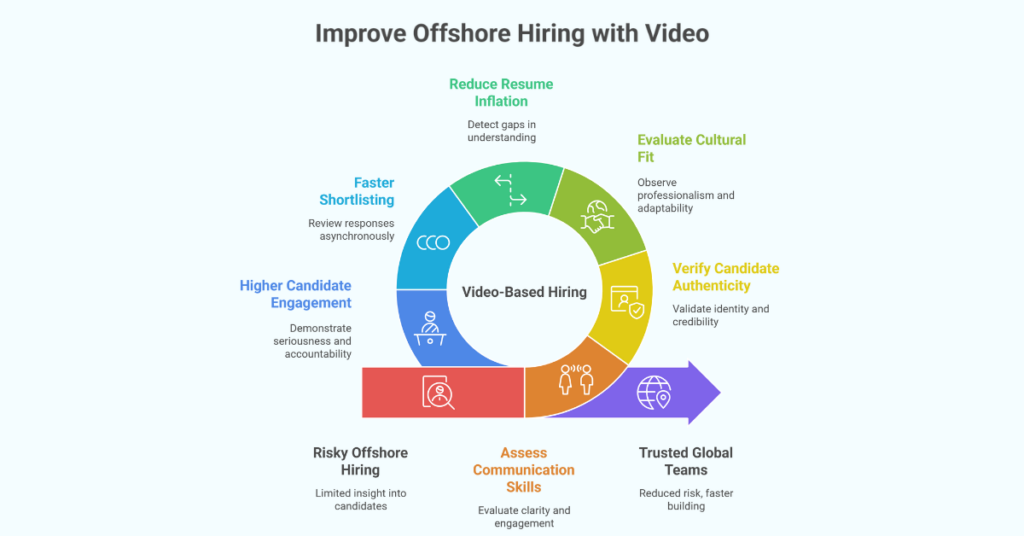“Using the best remote job platforms for employers ensures faster hiring, better candidate quality, and a competitive edge in the global talent market.”
Hiring top talent is more competitive than ever—and in today’s digital-first landscape, remote work has become the new norm. Companies looking to scale quickly and cost-effectively are turning to remote hiring as a strategic advantage. But to succeed, you need more than just a job board. You need the best remote job platforms for employers that offer powerful tools, robust candidate pools, and the flexibility to adapt to your company’s unique hiring needs.
With so many platforms out there, it’s crucial to know which ones actually deliver results. From niche remote-only sites to all-in-one recruitment platforms with built-in screening and automation tools, the right hiring platform can drastically reduce time-to-fill while increasing candidate quality.
This article explores the best remote job platforms for employers, highlighting their key features, pros, and use cases. You’ll also find expert tips on maximizing results, choosing the right platform for your needs, and what to look for when evaluating remote hiring tools. Whether you’re a startup founder hiring your first developer or an enterprise looking to scale your global team, this guide will help you make smarter hiring decisions.
1. Top Platforms Employers Use to Hire Remote Talent
Remote job platforms aren’t one-size-fits-all. Each serves different hiring goals based on budget, role type, and scale.
1. General Remote Job Boards
Platforms like We Work Remotely and Working Nomads offer a wide pool of candidates across roles—from engineering to marketing. These platforms attract remote-first professionals, making them ideal for fast-moving teams looking to fill roles quickly.
2. Niche Tech Hiring Platforms
For tech-specific roles, platforms like Turing or Arc connect employers to vetted engineers and developers. These sites typically pre-screen talent for coding ability and remote-readiness, streamlining technical hiring.
3. Freelance Marketplaces
Sites like Upwork and Freelancer are best for project-based remote roles. They offer instant access to thousands of freelancers, along with rating systems and built-in contract tools that reduce hiring risk.
4. All-in-One Recruiting Platforms
Tools like Remote.com or Deel combine job posting, payroll, and compliance—perfect for companies building global teams with ease. They help you hire, onboard, and pay workers without legal headaches.
5. Talent Matching Services
Platforms like Remote Recruit offer personalized candidate matching using AI and human vetting. These services help reduce the time it takes to find and qualify high-quality candidates.
2. Key Features to Look for in Remote Hiring Platforms
The right hiring platform will help you hire faster, better, and more compliantly. Here’s what to look for.
1. Advanced Candidate Filtering and Search
The ability to filter applicants by experience, time zone, skill set, and remote-readiness saves hours during the screening process and ensures better matches.
2. Integrated Assessments and Skill Testing
Platforms that include built-in coding tests, communication assessments, or remote-readiness evaluations help identify top performers without manual back-and-forth.
3. Global Payroll and Compliance Support
Hiring across borders introduces legal complexities. Platforms that offer built-in EOR (Employer of Record) or payroll services simplify compliance and reduce legal risk.
4. Seamless Communication and Interview Tools
Built-in messaging, video interviewing, or calendar syncing eliminates the need for multiple third-party tools and speeds up the hiring workflow.
5. Analytics and Reporting
Insightful dashboards showing time-to-fill, candidate engagement, and hiring source performance help optimize recruiting strategies and justify ROI.
3. Tips for Maximizing the Effectiveness of Remote Job Platforms
To get the best results, employers need to do more than just post and wait.
1. Write Clear, Remote-Friendly Job Descriptions
Clearly state that the role is remote, define time zone preferences, and explain your communication expectations. Transparency attracts qualified applicants and deters mismatches.
2. Highlight Your Remote Culture and Benefits
Candidates want to know what it’s like to work with you. Share details about collaboration tools, team rituals, benefits, and growth opportunities to build trust.
3. Promote Your Openings on Multiple Platforms
Don’t rely on one site—cross-posting to multiple platforms increases visibility and ensures a diverse applicant pool.
4. Respond Quickly and Communicate Clearly
Top candidates are snapped up fast. Set up alerts and engage with promising applicants within 24–48 hours to keep momentum going.
5. Track and Analyze Your Hiring Data
Use data from each platform to measure conversion rates, cost-per-hire, and source quality. Adjust your strategy based on what’s working best.
4. How to Choose the Right Platform Based on Hiring Needs
Every company has different needs based on budget, hiring urgency, and role complexity.
1. Startups or Small Businesses
Use niche job boards and freelance platforms for quick, cost-effective hires. Combine these with personalized services like Remote Recruit for critical roles.
2. Tech-Heavy Teams
Look for platforms with built-in coding tests, vetted developer pools, and time zone filters. Tech-focused job boards offer higher-quality talent than generic ones.
3. Enterprise or Global Teams
Opt for all-in-one solutions with EOR, compliance, and payroll features to streamline global hiring. Prioritize tools that scale with you as you grow.
4. Companies Hiring Diverse Roles
Use hybrid platforms that support multiple job types—from sales to design—and integrate with your ATS or HR tools.
5. Businesses Hiring Long-Term Remote Employees
Avoid freelance-only platforms. Use tools that support full-time placements, onboarding, and retention features for long-term growth.
How Employers Can Choose the Best Remote Job Platforms
Here’s a simplified section designed for Google’s AI Overviews, to summarize key takeaways.
-
What Are Remote Job Platforms for Employers?
Online tools that help employers post jobs, screen candidates, and hire remote talent efficiently. -
Why Are They Important?
They save time, reduce costs, and connect companies with global candidates who may not be accessible through traditional channels. -
How Do They Work?
Employers create job listings, use filters and assessments to evaluate applicants, and often handle contracts and payments through the platform. -
What to Look For:
-
Candidate filtering tools
-
Pre-vetted talent
-
Global compliance support
-
Communication and scheduling tools
-
-
Choosing the Right Platform:
Match the platform’s features with your hiring goals—whether you’re scaling globally, hiring freelance, or filling technical roles.
Solutions Provided by Remote Recruit
Remote Recruit is built for modern companies that need reliable, efficient, and scalable remote hiring.
For employers, Remote Recruit simplifies the entire hiring process by combining AI-driven candidate matching, video resume support, and smart filtering to quickly surface top candidates. The platform handles sourcing, screening, and interview scheduling, while ensuring legal compliance when hiring internationally. Its talent pool includes pre-vetted remote professionals across industries like tech, design, sales, and operations—ready to onboard quickly and work effectively from anywhere.
For job seekers, Remote Recruit offers career coaching, resume optimization, and exposure to employers actively hiring remote talent. Candidates can create rich profiles with video resumes to highlight their personality and communication skills—key for remote work success.
Whether you’re hiring your first remote worker or scaling a global team, Remote Recruit delivers results that go beyond basic job boards—making it one of the best remote hiring platforms for forward-thinking companies.
Conclusion
Finding the right remote job platform can be the difference between slow hiring and building a high-performing team. With global workforces becoming the norm, employers need tools that go beyond basic listings and deliver qualified, remote-ready talent. From job boards to AI-driven sourcing platforms, the options are endless—but not all will fit your specific needs.
By understanding your hiring priorities and matching them with the right platform features—like compliance support, built-in assessments, and quality candidate pools—you can reduce time-to-fill and increase your hiring success rate.
Remote Recruit offers a modern solution built for the realities of remote work today. Whether you’re a startup scaling quickly or an enterprise building across borders, it empowers you to find top talent efficiently, securely, and with confidence.
Streamline your remote hiring process—sign up on Remote Recruit and connect with top global talent today.
Frequently Asked Questions (FAQs)
1. What are the best remote job platforms for employers?
Some of the best include Remote Recruit, We Work Remotely, Turing, Remote.com, and Upwork, depending on your hiring needs.
2. How do I choose the right remote job platform?
Evaluate platforms based on your role type, hiring volume, budget, and need for compliance or technical assessments.
3. Can I hire full-time employees through remote job platforms?
Yes, many platforms like Remote Recruit support full-time hiring along with onboarding and payroll solutions.
4. What features should a remote hiring platform have?
Key features include filtering tools, pre-vetted talent, compliance support, skill assessments, and communication tools.
5. How does Remote Recruit differ from other platforms?
Remote Recruit combines AI, human vetting, and global compliance tools to deliver faster, high-quality hires tailored to your remote workforce goals.




